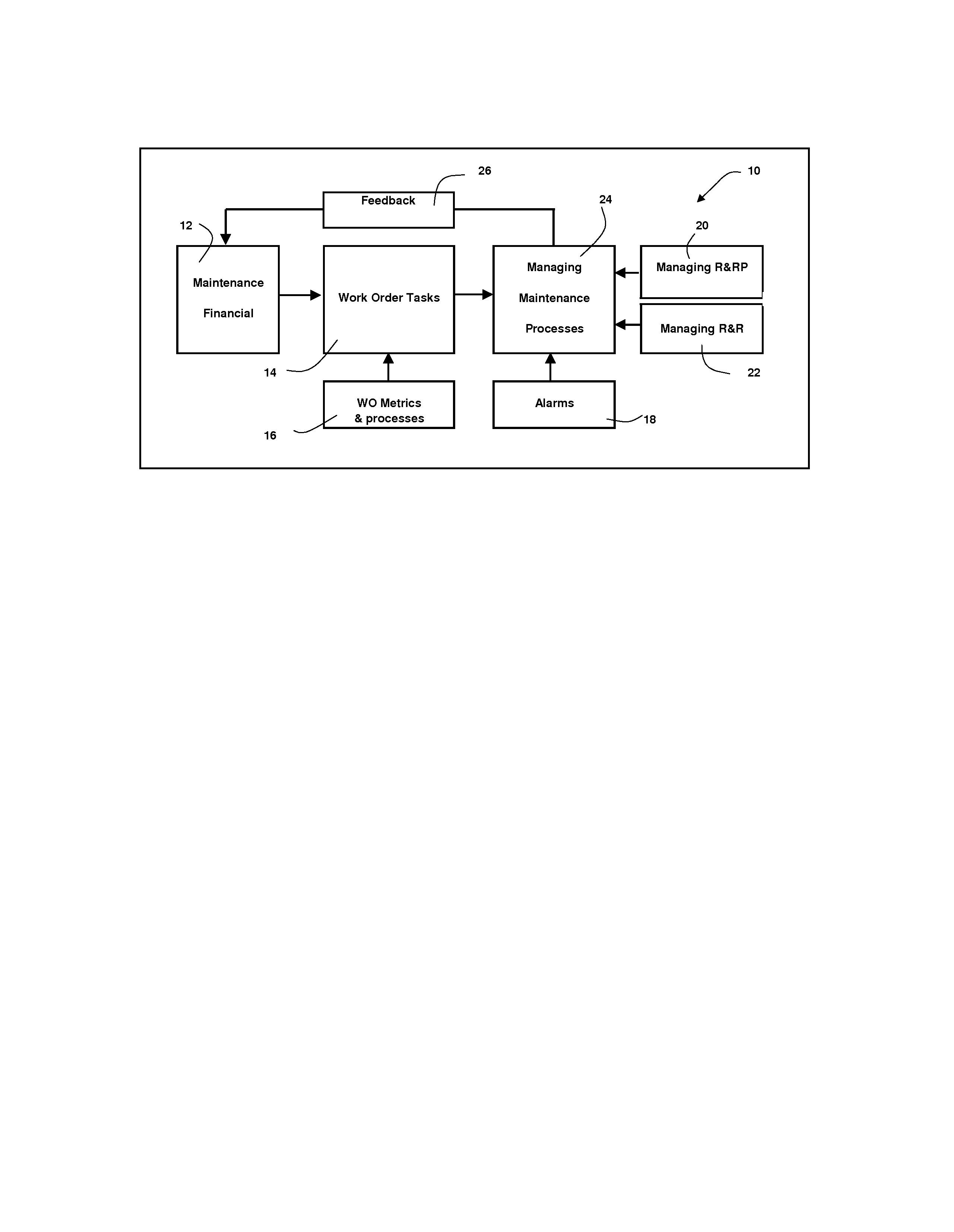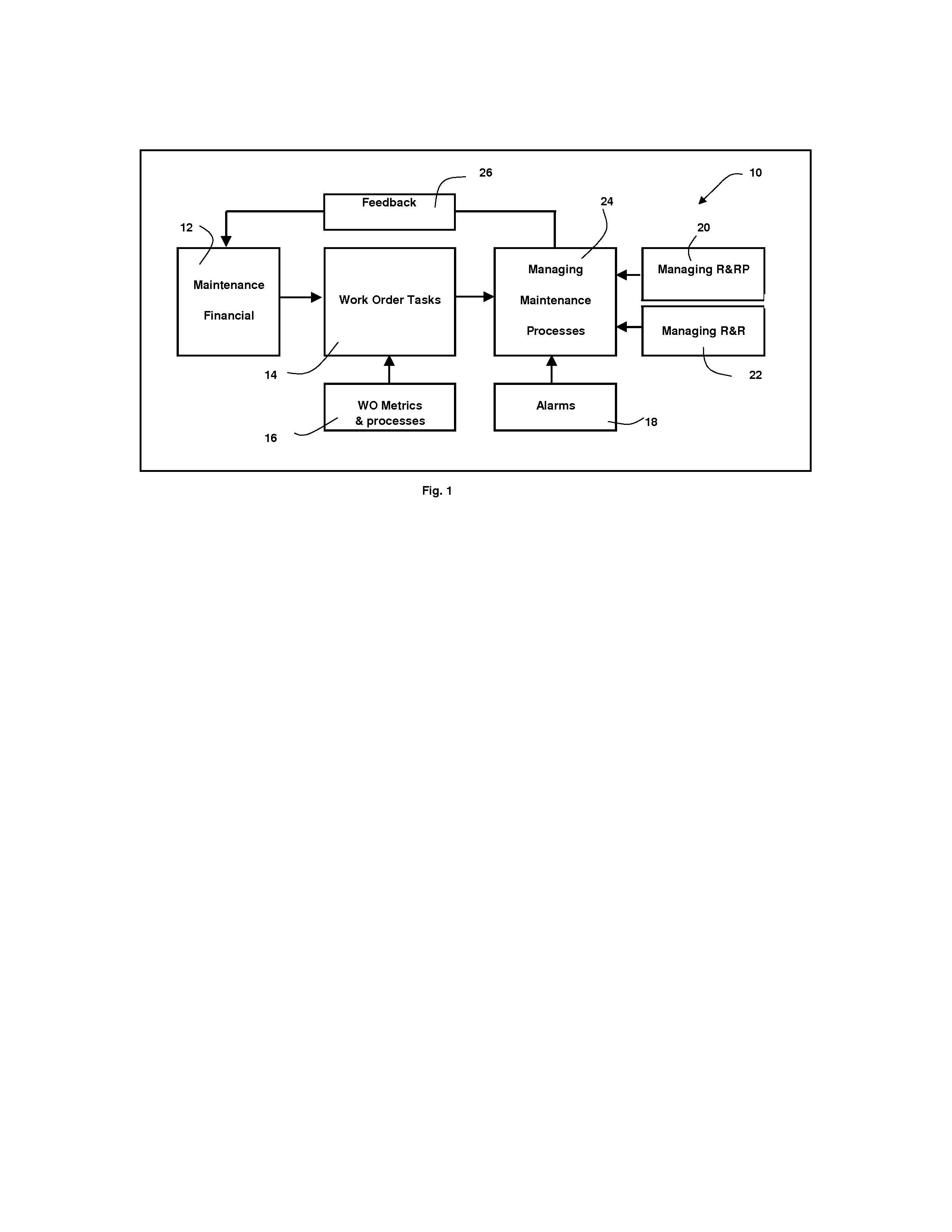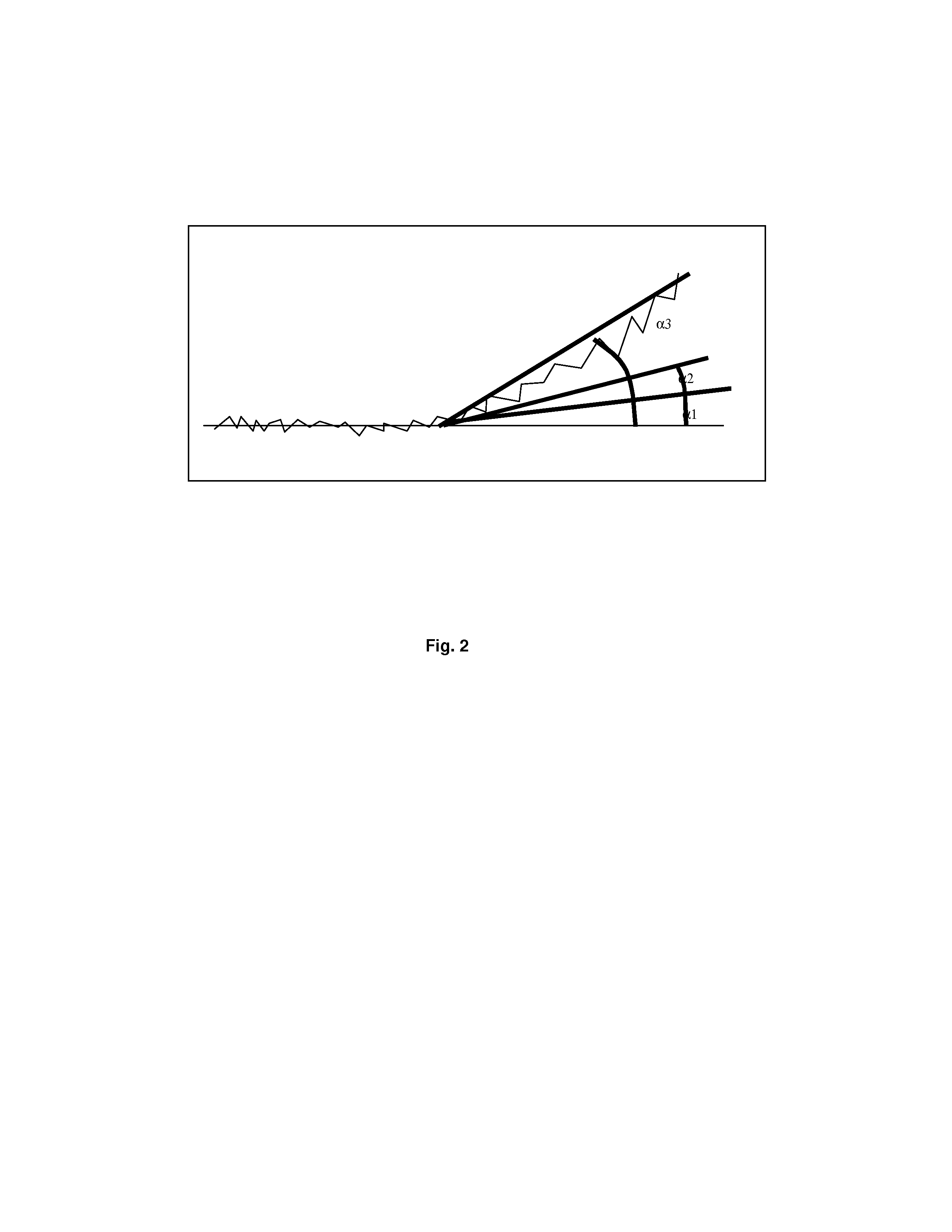Components such as bearings, gearboxes, pumps, compressors and others do
wear out creating machinery breakdowns.
These breakdowns create maintenance and production losses which severely affects the productivity of manufacturing plants.
RM is difficult to eliminate, it is hard to manage as there is no accountability of the emergency activities which often leads to finger pointing and lack of communications between maintenance and production departments.
When breakdowns occur, the need to bring the machines up and running again is so intense that opportunities for learning from the occasion or avoiding the same failures from repeating again in the future are bypassed, not documented and shortly forgotten.
Maintenance losses increase when maintenance takes too long to answer calls or
troubleshooting or waiting for a replacement part to be flown in from some distant manufacturer.
Maintenance losses increase when production overloads machines to increase the output temporarily, when an untrained operator or
technician makes a mistake or when managers don't allow scheduled time for maintenance to repair a
machine.
In some cases executives see maintenance as an expense that must be minimized at all costs but don't provide the tools available to do so.
At times PM is better than Reactive Maintenance (RM) or Emergency Maintenance (EM) but at other times it creates more problems as errors could be introduced during the unnecessary repair and replacement activities.
Some components will last longer than others and therefore it is impossible to exactly determine when a component will fail based on past or
original equipment manufacturer (OEM) data.
The majority of PMs or TBMs are completed unnecessarily before the component wears out or not performed at all because the component failed prior to the scheduled PM.
Needless to say that both situations (too early or too late) actually increase maintenance losses and that is one of the main reasons why this PM / TBM methodology is falling out of grace.
This fragmented approach is very
time consuming, confusing (one technology may say to
shut down machine while another one may say the machine is ok), inefficient and expensive.
While this integration reduces the analysis time and improves the precision in determining time to failure, none of the current service providers have integrated the technologies within a process or methodology that includes other sources of maintenance losses such as
human error or process related failures.
Human errors resulting from lack of training, lack of interdepartmental and executive communication, lack of learning and sharing
troubleshooting experiences / hints are by far the most important of all maintenance losses yet, they are not addressed by either of the software currently available.
This is evident when you see plants which use all of the technologies and CMMS but don't reach the results expected nor promised by vendors and consultants.
Past failures have not been documented with the details needed to perform an accurate RFCA / FMEA / FRACAS resulting in ineffective PM and PdM tasks generated by the either the Classical or the several Modified RCM program.
The additional problem with FMEA / RFCA / FRACAS is that failures that hadn't happened yet can not be considered and therefore tasks to avoid those failures or diminish their
impact can not be generated using this method.
Another problem they have is that a past FMEA doesn't guarantee that the failure may repeat itself any time soon or showing the same characteristics as technologies and maintenance methodologies change over time. ie.
If a bearing failed in the past because they lubricated it too often and now is being automatically lubricated making the FMEA based task obsolete and redundant and useless.
The combined integration of RCM and CMMS within a TPM structure is extremely
time consuming, complex as the softwares may not necesarily communicate with each other resulting in only very few plants implementing these combined solution in a questionable manner.
It doesn't provide tools for specific training on site machines, and doesn't include statistics nor integrates trends from PdM technologies.
RCM doesn't provide a process that addresses all maintenance losses in a effective, efficient, synergistic and holistic manner.
There is no readily available software for this methodology that is very popular in the
automotive industry.
The solutions currently available provides a broader viewpoint in eliminating breakdowns but do so in a very fragmented manner with no tools to bring them together as a whole in a meaningful manner.
Needless to say that adding up all of these partial solutions becomes troublesome, confusing,
time consuming and extremely costly.
Few CMMS software offer limited but cumbersome use of PdM technologies as part of their
package.
While this software has significantly helped in certain areas, it tends to provide only partial information when prompted to research information using queries.
At times this information obtained is incomplete or imprecise and therefore rendered useless after few attempts.
Some manufacturing plants have publicized their approach to maintenance with combinations of different technologies integrated with some of the methodologies mentioned above but they tend to be complex, very specific to their industry and culture, therefore hard to apply at other sites.
Some other companies have tried integrating them together but still done on a very fragmented,
clutter and redundant manner therefore eluding the true benefits that a holistic and synergistic approach provides.
Training tools for understanding the wear process as affected by their
operating environment is not readily available.
The solutions presented by the above methodologies and software packages have shown to reduce few of the maintenance losses and in a partial manner and they had and still have significant problems in eliminating all of the sources of maintenance losses in a effective, efficient, synergistic and holistic manner.
In addition to the disadvantages of previous processes, methodologies and software packages, none of the previous processes provides solutions to the following problems:Integrating and optimizing methodologies for developing work ordersDeveloping a scientific way to set testing frequencies for work ordersProviding maintenance financial and work order
metrics as feedback for users to trend and manage sources of maintenance lossesProviding tools for managing R&R and Repair and Replacing Projects (R&rp) before, during and after their implementationProviding a process for integrating measuring technologies, alarms and spare partsCompiling and displaying critical maintenance information into a single sourceProviding information to involve users such as executives, senior managers and
plant managers in critical maintenance processes.Providing tools for improving
documentation,
information sharing and developing training tools using in house expertise
 Login to View More
Login to View More  Login to View More
Login to View More 


